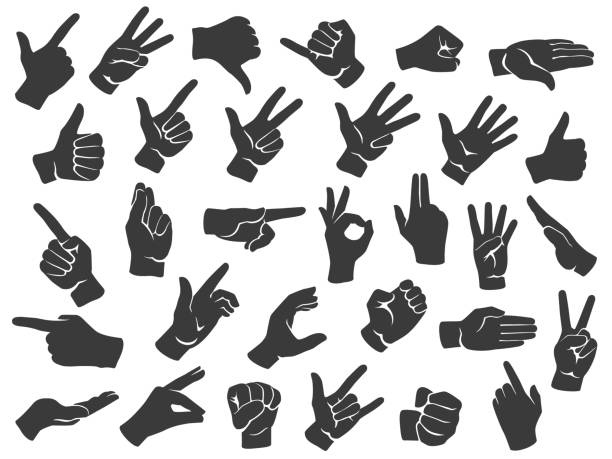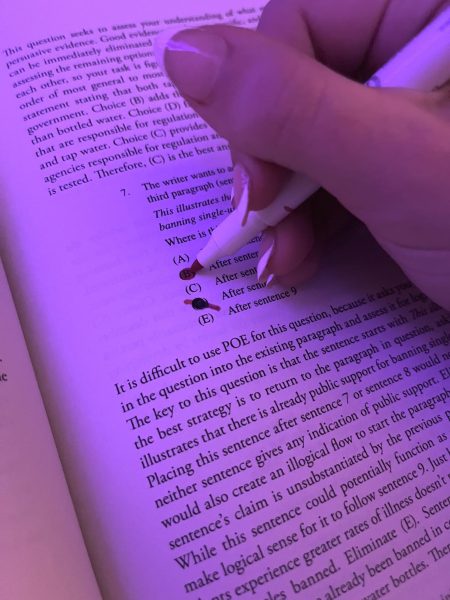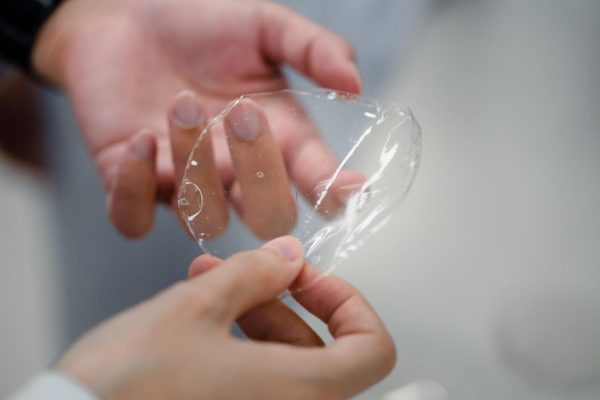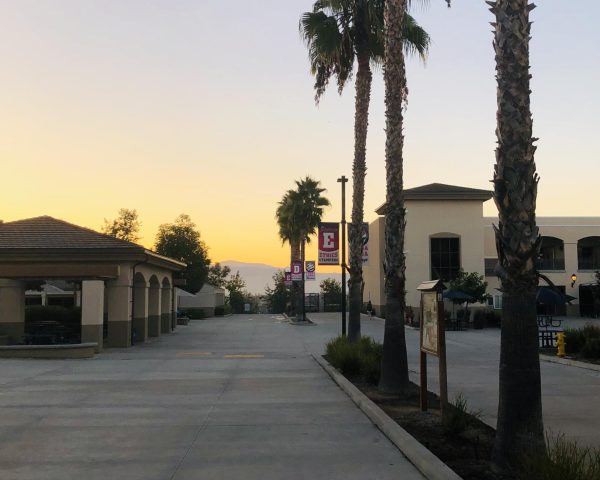The Hidden History Behind ASL
Here are some of the most popular symbols used in Hand Talk.
May 30, 2022
In the past few centuries, American Sign Language has touched many parts of the world. But little do people know that the concept of ASL has been stolen from a community that has unrightfully faced persecution in America for as long as anyone can remember, Native Americans. Before anyone else, Native American tribes would communicate with each other using something called “Hand Talk.” Hand talk is the use of symbols to convey sentences to people. There are over 4,000 standard words in Hand Talk and Native American tribes would combine these more simplistic words to make a more complex word. For example, they would make a sign for face and good. This would mean “beautiful.” Another example is the word for war. They would sign the symbol for “big” and “fight” to create “war.” Each region in North America had its own variation of hand talk. Plains Indian Sign Language (PISL) is the most documented version and was the most universal among the various tribes, similar to how English is today. Natives would use PISL to communicate with each other about anything from commerce to war.
In the late 1800s, Europeans began building their schools on the Native’s land and forcing Native children to attend. The schools strictly enforced an English-only policy in an attempt to cut Native children off from their culture, language, and native identity. If Native children were caught signing in their language they would be brutally beaten. Karina Hiranandani (10) shares how she feels about this, saying “I read about this a few weeks ago. It was such a dehumanizing way of telling them their culture didn’t matter”. Not only that, but the ASL signs that originated from Hand Talk have been altered to only apply to white people and European culture, ultimately disregarding the native culture it’s rooted in. Some examples of this are the sign for “girl”, which is tying a bonnet hat, and the sign for “boy”, which is tipping a top hat. “Native people don’t do this” a native speaker explains (VOX).
Today it is referred to as linguistic genocide. There are only about 12 people today who are fluent in Hand Talk, but native speakers are trying to bring it back by incorporating elements of hand talk into ASL. Even though the origins of ASL have been unrightfully erased from history, the impact it’s had on the deaf community today is amazing. It’s allowed parents of deaf children to have a deeper connection with their child and studies have shown that people who are deaf or hard of hearing are more likely to be bilingual (Hands and Voices).
Conclusively, the way the origins of ASL were erased from history is a story we’ve heard before. Various cultures are practiced by people who are not of that culture and have no appreciation for where it came from nor any curiosity about its significance. Hand Talk was not only a means of communication for Indigenous people but a way of life; and a way of finding pride in their culture. Taking that away from them is dehumanizing and inhumane. We should all learn to appreciate each other’s culture instead of selfishly exploiting them; because when you recognize someone’s culture for its beauty and significance, it no longer becomes offensive, it becomes something we can all be proud of.












































Tio Nati The Don • Jul 31, 2022 at 12:06 AM
That was an amazing piece! Nicely put. Well done, author.